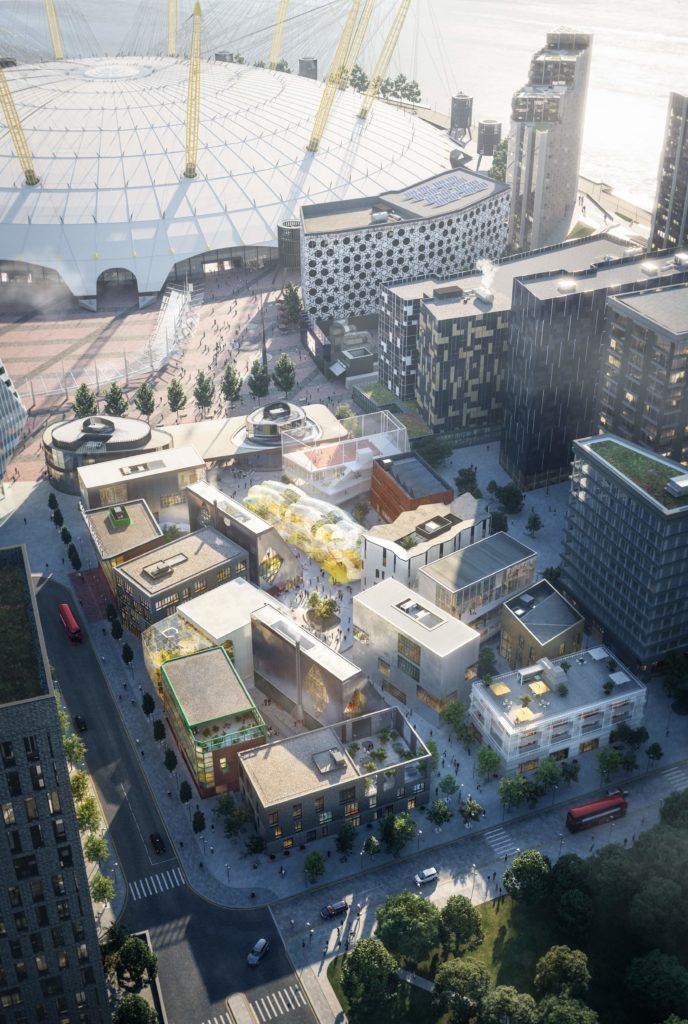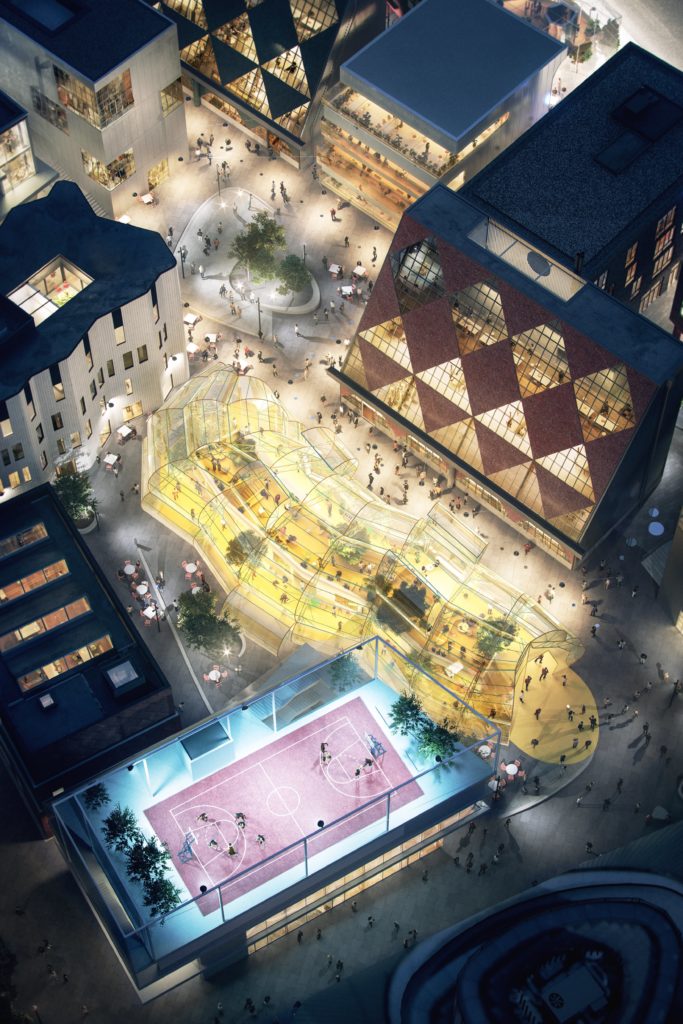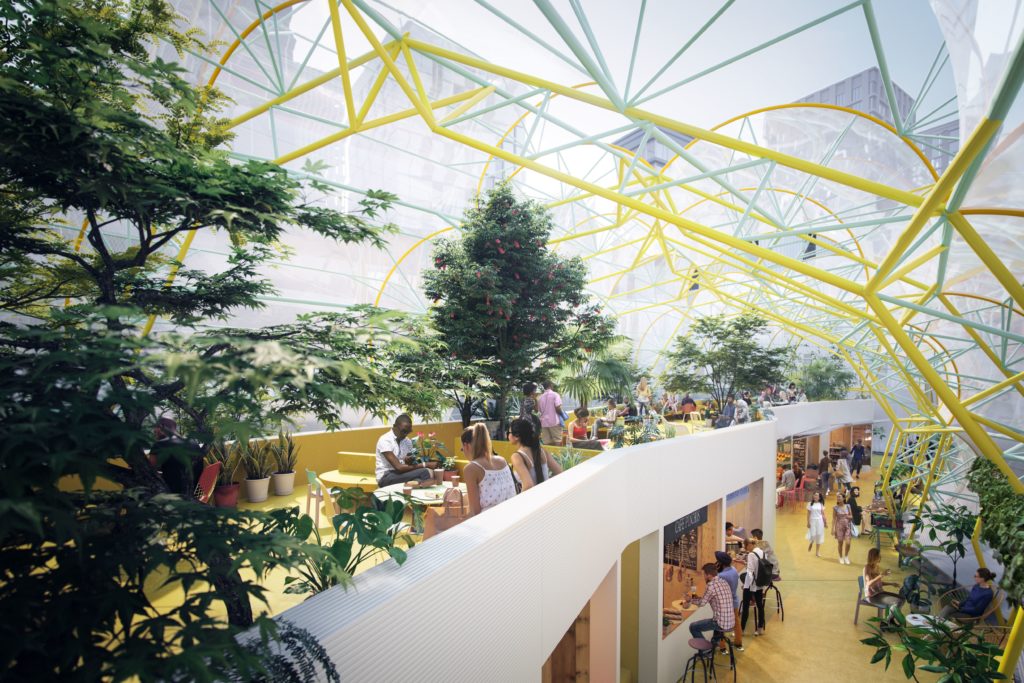Work is underway to unveil a new purpose-built Design District on London’s Greenwich Peninsula. Funded by Chinese developers Knight Dragon, it will provide a permanent base for over 1,800 of the city’s creatives in studios with affordable rents.
The one-hectare hub, just a short walk from the River Thames and O2 Arena, will feature open workshops and studios set around a series of courtyards and a central public square, in a pedestrianised quarter with a transparent market hall at its heart. There will also be rooftop terraces, a basketball court and retail outlets with rotating work from the district on display.

In total there will be 16 buildings in which workspaces will range from workshops to artist studios and flexible desks. Rents will typically be £25 per square foot and start from £10 per square foot for workshops suitable for people working in design, as well as art, technology, craft, music, food and digital. The first tenants will be able to move in next year.

Richard Margree, chief executive of Knight Dragon, said: “Creativity is what drives forward any thriving city. The Peninsula presents a unique chance to create a new permanent district designed by creatives for creatives. At the very centre of this new community will be artists mixing with start-ups, mixing with independent market traders and design companies, large and small; everyone is welcome. We want a real mix of companies to come and to take over the place.”


To bring together different architectural approaches, eight emerging firms were selected from across Europe to create the “low-cost, human-scaled” workplaces. Each was given a pair of buildings to design independently and “blind” from each other.
The eight practices are: 6a Architects, Mole, Architecture 00, Barrozi Veiga, SelgasCano, Assemblage, Adam Khan Architects and David Kohn Architects. Landscape architects Schulze+Grassov designed the public spaces.

The £8.4 billion transformation of the Peninsula will, over the coming years, see 15,720 new homes in seven new neighborhoods, plus a new mixed-use Tube station designed by Santiago Calatrava (who also created the World Trade Centre Transportation Hub in New York), schools, offices, health services and public spaces.
The project is part of a trend for cities developing dedicated design districts. Other initiatives include the Miami Design District, Maboneng Precinct in Johannesburg and Soho Design District in New York.
